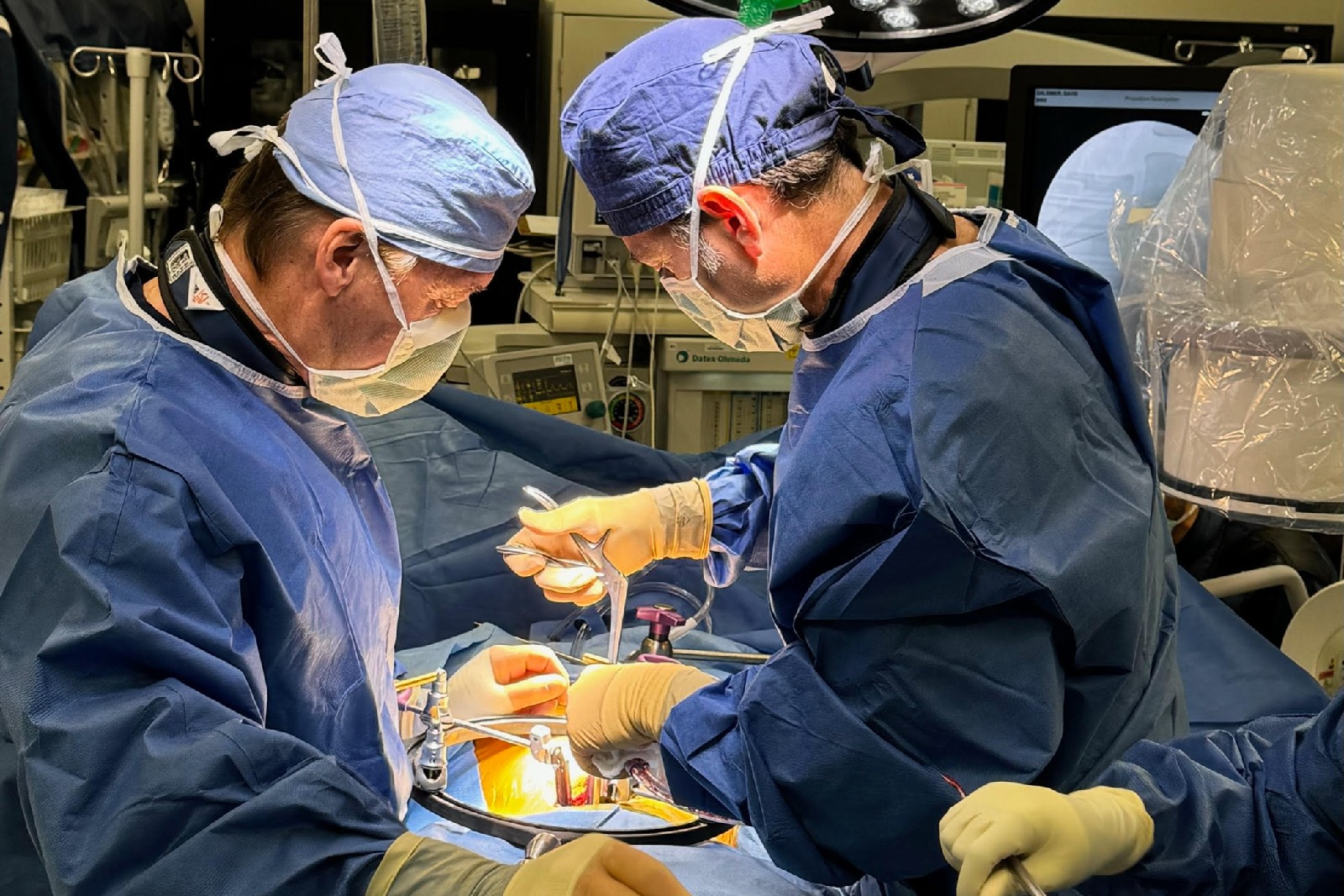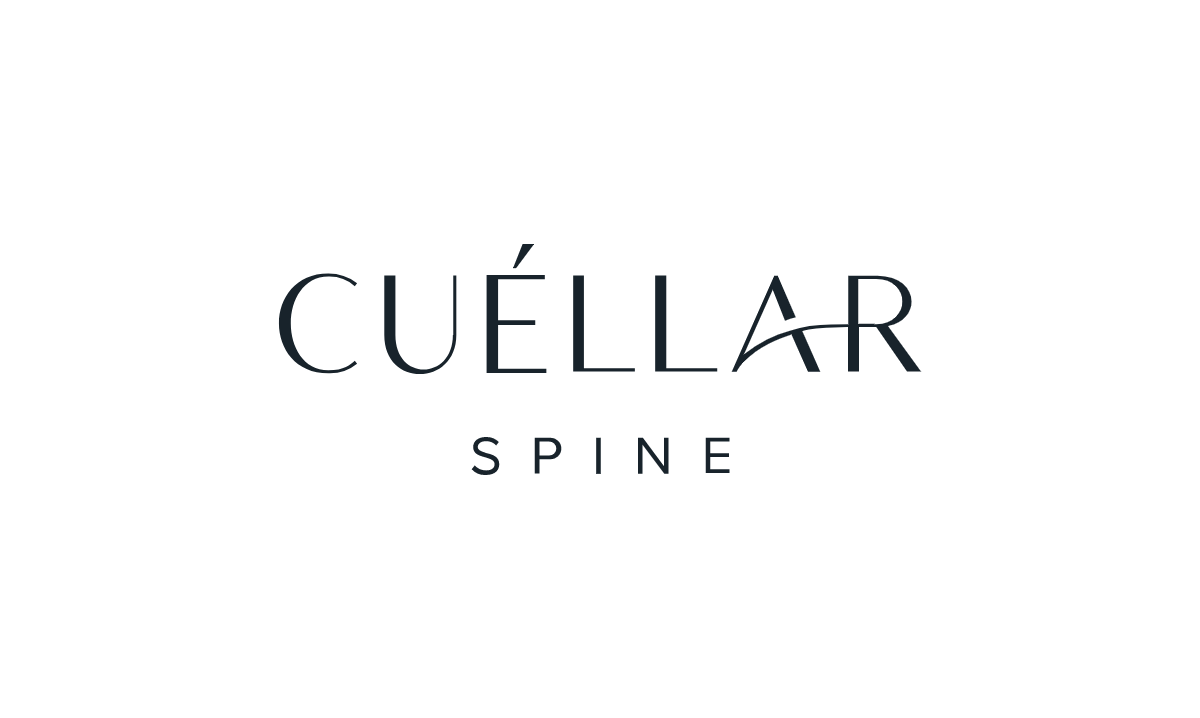Problems with Artificial Disc Replacement

Artificial disc replacement (ADR), also known as total disc replacement (TDR), has emerged as a revolutionary approach in the field of spinal surgery, offering a promising alternative to traditional spinal fusion for treating degenerative disc diseases. Unlike fusion, which immobilizes the affected segment of the spine, ADR aims to preserve motion and flexibility, thus potentially reducing the risk of adjacent segment degeneration. However, it’s essential to recognize that while ADR holds great promise, there are potential complications and challenges associated with the procedure.
Understanding these potential problems is crucial for patients considering or undergoing ADR, as it empowers them to make informed decisions about their treatment journey. If you’re encountering difficulties or complications following a previous ADR procedure, seeking guidance from a qualified surgeon like Dr. Cuellar can be instrumental in navigating your path to recovery and finding effective solutions tailored to your unique needs.
What problems can artificial disc replacement solve?
Artificial disc replacement (ADR) surgery addresses a range of spinal conditions, offering effective solutions to various problems. Primarily, ADR is designed to alleviate symptoms associated with degenerative disc diseases, such as chronic neck or back pain, tingling sensations, and numbness radiating down the arms or legs. By replacing damaged or diseased discs with artificial implants, ADR can restore spinal stability, maintain natural motion, and alleviate pressure on surrounding nerves, resulting in improved mobility and reduced discomfort for patients.
The Surgery
During surgery, the damaged intervertebral disc in the spine is removed and replaced with an artificial implant. This procedure typically involves a small incision in the abdomen or neck, allowing the surgeon to access the affected disc with minimal disruption to surrounding tissues. The artificial disc is then carefully inserted and secured in place, restoring proper spinal alignment and function. ADR surgery is performed under general anesthesia and often requires a shorter hospital stay, or is performed outpatient, and quicker recovery compared to traditional spinal fusion procedures.
Benefits of ADR Over Traditional Spinal Fusion Surgery
Unlike fusion, which permanently immobilizes the affected spinal segment, ADR preserves natural motion and flexibility, reducing the risk of adjacent segment degeneration and maintaining overall spinal function. Additionally, ADR can result in quicker recovery times, less postoperative pain, and a lower risk of complications such as adjacent segment disease and pseudoarthrosis. By preserving motion and minimizing long-term issues, ADR provides patients with a more dynamic and sustainable solution to spinal problems.
Common Problems with Artificial Disc Replacement
Total disc replacement is a highly effective surgical procedure for treating spinal conditions, but like any surgical intervention, it is not without its risks. Understanding the potential complications associated with ADR is essential for patients considering this treatment option. In this section, we’ll explore common problems that may arise during and after ADR surgery, as well as risk factors associated with these complications.
Complications During Surgery
During any surgical procedure, there are general risks to consider, including:
- Infection
- Bleeding
- Reactions to anesthesia
- Medical complications such as heart attack
Additionally, specific risk factors associated with ADR surgery include issues related to the positioning of the patient during the operation, damage to surrounding tissues or nerves, and difficulties in achieving proper disc placement. These factors can contribute to complications such as nerve injury, blood vessel damage, or inadequate implant positioning.
Complications After Surgery
Following ADR surgery, patients may experience general postoperative risks such as infection, blood clots, or complications related to anesthesia. Specific to ADR, potential complications include device migration or subsidence. Risk factors for these complications may include patient anatomy, underlying medical conditions, or surgical technique. It is critical that these devices are perfectly placed in order for optimal function – if they are placed too far to one side or the other, for example, they will not be balanced during weight bearing and spine motion. If they are too deep or not deep enough within the disc space the center of rotation and thus functional motion will be suboptimal.
While complications associated with ADR surgery are possible, it’s essential to note that they are relatively uncommon. Studies have shown that the overall complication rate for ADR is extremely low, with the majority of patients experiencing successful outcomes. However, if you are experiencing any issues or complications after ADR surgery, it’s crucial to seek prompt medical attention. Dr. Cuéllar and his team specialize in corrective procedures and can provide personalized care to address any concerns and ensure the best possible outcome for your spine health.
Is It Possible to Prevent These Problems?
Preventing complications associated with artificial disc replacement (ADR) surgery requires a multifaceted approach that encompasses various strategies to minimize surgical risks and reduce the likelihood of device failure or adjacent segment degeneration.
- Minimizing surgical complications: To minimize surgical complications, surgeons employ meticulous surgical techniques and adhere to strict protocols to reduce the risk of infection, bleeding, and nerve injury. This includes precise positioning of the patient during surgery, careful handling of tissues and nerves, and ensuring proper implant placement. Proper implant placement requires extensive experience in total disc replacement surgery. Extensive foraminotomy for the decompression of the nerve roots during cervical disc replacement is often performed sub-optimally and will lead to failure of surgical goals and success.
- Reducing the risk of device failure: To reduce the risk of device failure, surgeons select high-quality artificial discs with proven durability and reliability. Additionally, they meticulously assess patient anatomy to choose the most suitable implant size and design, minimizing the risk of implant wear or migration. Optimal implant placement requires extensive experience in total disc replacement surgery.
- Mitigating adjacent segment degeneration: To mitigate the risk of adjacent segment degeneration, surgeons may employ preventive techniques such as preserving as much natural motion as possible during surgery, optimizing spinal alignment, and encouraging postoperative rehabilitation to maintain spinal health.
Choosing the Right Surgeon
When considering artificial disc replacement surgery, selecting the right surgeon is paramount to ensuring a successful outcome and minimizing the risk of complications. Here are several factors to consider when choosing a spine surgeon:
- Experience Matters: Select a spine surgeon with extensive experience in ADR to minimize complication rates. Surgeons with a proven track record of performing ADR procedures are better equipped to handle potential challenges and ensure optimal outcomes for their patients. In our opinion, spine surgeons that have performed at least 50 total disc replacements, and perform them on a continual basis, will have the best results. Dr. Cuéllar has personally implanted more than 1500 artificial discs.
- Individualized Treatment: Experienced surgeons tailor treatment based on patient anatomy, reducing the risks of improper disc placement or migration. By carefully assessing each patient’s unique spinal anatomy and characteristics, surgeons can customize the surgical approach to maximize safety and effectiveness.
-
Sterile Environment: Experienced spine surgeons maintain meticulous sterile fields to prevent infections during surgery. By adhering to strict sterile protocols and hygiene practices, surgeons minimize the risk of postoperative complications and promote faster healing.
-
Metal Allergy Consideration: Inform your surgeon of any metal allergies, as it may impact the choice of artificial disc used. Surgeons take into account patient allergies and sensitivities when selecting implant materials to ensure compatibility and reduce the risk of adverse reactions.
-
Implant Durability: Newer artificial discs are designed to last for decades, minimizing the risk of wear or failure. Surgeons choose implants with proven durability and reliability to provide long-term support and stability for the spine.
By considering these factors and choosing a qualified and experienced surgeon, patients can minimize the risk of complications and ensure a successful outcome from artificial disc replacement surgery.
Ways to Address Artificial Disc Replacement Problems
Artificial disc replacement (ADR) surgery can significantly improve spinal health and quality of life for many patients. However, complications can occur, impacting both physical well-being and overall quality of life. It’s crucial for patients to understand the potential impact of these complications and the importance of informed decision-making when considering ADR. Additionally, rehabilitation exercises play a vital role in post artificial disc replacement recovery, helping patients regain strength, flexibility, and function. Follow-up care is also essential to monitor for potential issues and ensure long-term success.
Complications from ADR surgery can have a profound effect on a patient’s quality of life, potentially causing persistent pain, limited mobility, and decreased function. These issues can significantly impact daily activities, work, and overall well-being, highlighting the importance of addressing and managing complications effectively.
Informed decision-making is essential for patients considering ADR surgery. Understanding the potential risks and benefits, as well as alternative treatment options, allows patients to make choices that align with their individual needs, preferences, and goals. Patients should engage in thorough discussions with their healthcare providers to ensure they have all the information they need to make informed decisions about their care.
Rehabilitation exercises play a crucial role in post-surgery recovery following ADR. These exercises are designed to improve strength, flexibility, and range of motion, as well as promote healing and prevent complications. Patients typically work with physical therapists to develop personalized exercise programs tailored to their specific needs and goals.
Follow-up care is essential after ADR surgery to monitor for potential issues and ensure optimal recovery. Patients should attend regular follow-up appointments with their healthcare providers to assess healing progress, address any concerns or complications, and adjust treatment plans as needed. Monitoring for potential issues early on allows for timely intervention and improved outcomes.
Surgical interventions for severe complications
In cases where severe complications arise following ADR surgery, surgical interventions may be necessary to address the issues and improve patient outcomes. These interventions may include revision surgery to correct implant malposition or failure, decompression procedures to relieve nerve compression, or fusion surgery to stabilize the spine. The specific approach depends on the nature and severity of the complications, and patients should work closely with their healthcare team to determine the most appropriate course of action.
Schedule a Consultation with Dr. Cuellar
Ready to find relief for your neck pain or low back pain and explore treatment options? Dr. Cuellar specializes in cutting-edge spinal treatments, including artificial disc replacement (ADR). Whether you’ve experienced issues with a previous ADR or are concerned about an upcoming procedure, Dr. Cuellar is here to help. Scheduling a consultation is easy! Simply visit our website, call our office, or email us to book your appointment. Don’t let neck pain hold you back—reach out to Dr. Cuellar today and take the first step towards a pain-free future.
FAQS:
What are the common risks associated with ADR surgery?
ADR surgery, like any surgical procedure, carries certain risks, including infection, bleeding, nerve injury, implant migration, and device failure. Your surgeon will discuss these risks with you in detail before the procedure.
How long does recovery typically take after ADR surgery?
Recovery time varies depending on individual factors such as the extent of surgery, overall health, and adherence to postoperative instructions. Generally, patients can expect to return to normal activities within a few weeks to a few months after surgery.
Can ADR devices wear out over time?
While ADR devices are designed to be durable and may last upwards of 75 years, they may experience wear and tear over time. Factors such as patient activity level, implant material, and surgical technique can influence the longevity of ADR devices.
Is physical therapy necessary after ADR surgery?
Physical therapy is often recommended after ADR surgery to help patients regain strength, flexibility, and range of motion in the spine. Physical therapy can also aid in reducing pain, improving functional outcomes, and promoting long-term spine health.
What are the signs of adjacent segment degeneration?
Signs of adjacent segment degeneration may include increased pain or stiffness in the spine, loss of mobility, neurological symptoms such as numbness or tingling, and radiating pain into the arms or legs. If you experience any of these symptoms, it’s essential to consult with your healthcare provider for proper evaluation and management.
More News & Insights from Cuéllar Spine
Exploring the Success Rates and Benefits of Laminectomy Without Fusion Surgery
Lumbar disc replacement surgery offers a promising alternative to traditional treatments for debilitating back pain and limited mobilit
The State of Outpatient Spine Surgery in 4 Studies
Outpatient spine surgery is growing, and its outlook suggests the trend will likely continue. Here are four studies illustrating the st
The Pros and Cons of Lumbar Disc Replacement (Also known as Total Disc Replacement (TDR), Total Disc Arthroplasty (TDA), or Artificial Disc Replacement (ADR))
Lumbar disc replacement surgery offers a promising alternative to traditional treatments for debilitating back pain and limited mobilit
10 Signs You May Need Revision Spine Surgery
Revision spine surgery, also known as secondary spine surgery, plays a crucial role in addressing persistent or recurrent spinal condit
Lumbar Total Disk Replacement Device Removals and Revisions Performed During a 20-Year Experience with 2141 Patients
This was a retrospective study with prospective patient contact attempted to collect current data.
36-Year-Old Male with History of Neck Pain
36-Year-Old Male with History of Neck Pain Radiating Into Both Shoulders, Numbness in Radial 3 Fingers of Both Hands
Problems with Artificial Disc Replacement
Artificial disc replacement (ADR), also known as total disc replacement (TDR), has emerged as a revolutionary approach in the field of
Top 5 Ways a Spinal Surgeon Can Help with Neck Pain
It is easy to take the movement in our necks for granted - and yet, when we are in pain, our neck flexibility can become extremely limi
ADR Spine Announces the Inclusion of Four Surgeons to Its National Top Doctors in Arthroplasty Program
ADR Spine Welcomes Elite Physicians to Top Doctors in Arthroplasty Program









